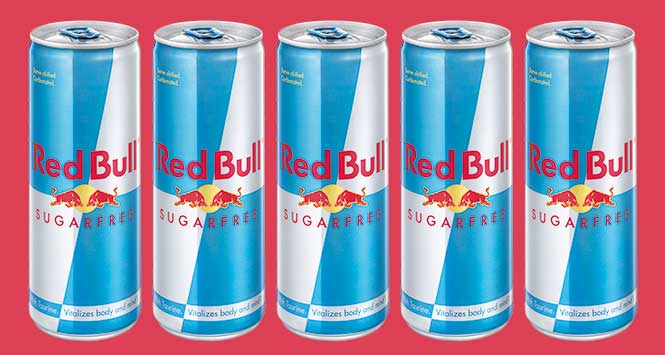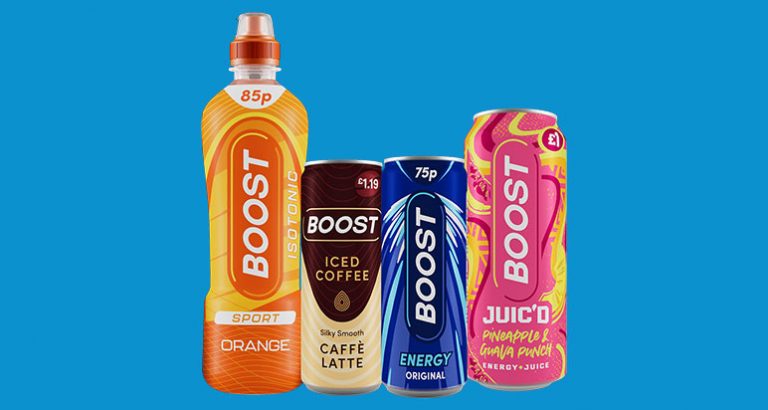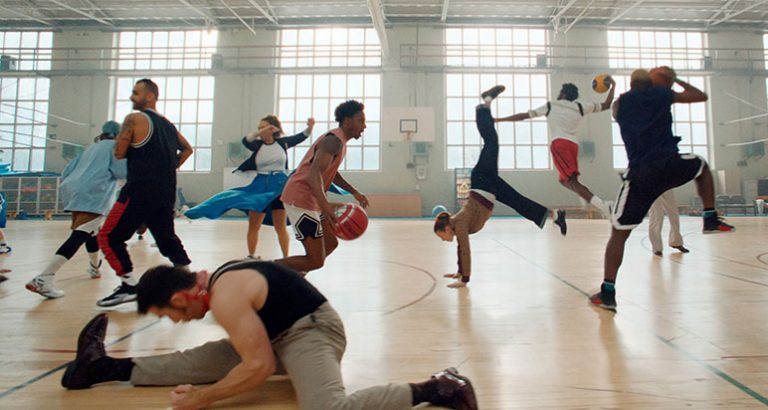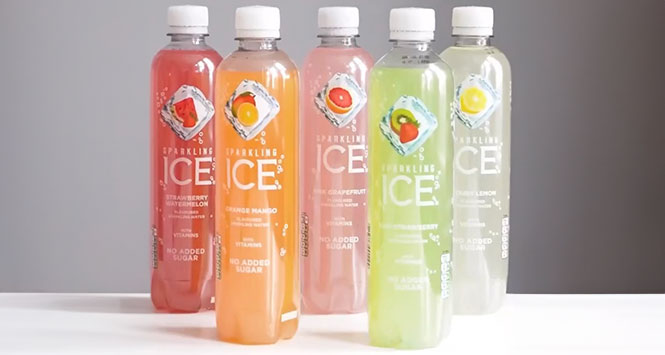The sports and energy sub-category has been the star of the soft drinks show for many years now and that trend shows no signs of slowing down with a further 10% growth predicted by 2020.
As the number one sub-category in independents, symbols and forecourts, the Sports and Energy sector has continued to drive growth in the last three years to 2016, thanks to an increased spend from Functional Energy drinkers. This trend is set to continue with the category expected to grow 10%, to £1.4bn by 2020.
An indicator of just how important the category has become was the fact that in 2016, Red Bull Energy Drink 250ml became the new number one UK single serve soft drink, surpassing Coca Cola Original 500ml for the first time. Energy is big business these days, worth £134m in Scotland [IRI, Oct 2016], making it hugely important for retailers.
“Red Bull Energy 250ml has been one of the main contributors to the Red Bull brand’s 2016 successful growth story, contributing £5.6m to the overall brand, up 4.4% in value against 2015,” explains Rich Fisher, Category Development Manager at Red Bull UK.
“This demonstrates that consumers are willing to pay more for a premium brand that delivers added value.”
Fisher also highlights that Red Bull is currently growing at 4.4% in value and 5.2% in volume year to date, while the Sports and Energy sub-category also continues to grow at +1.4% in value and +1.9% in volume, cementing Red Bull as the leading functional energy drink.
- Red Bull offers the following food for thought for retailers in Scotland to ensure they are stocking the right energy range to deliver maximum sales:
- Within Energy, sizes are driving category growth, with core continuing to contribute significantly to share. Retailers should rationalise their range to focus on the key SKUs, providing them with the right amount of space on shelf to drive growth and maximise sales. Sizes are driving category growth, with core continuing to contribute significantly to share. However, currently both core and sizes are under-represented on shelf vs. share of sales, yet flavours are highly overrepresented based on the sales delivered.
- Core represents 42.6% of sales, whilst occupying just 30.7% space on shelf.
- Sizes account for 14.3% of sales, with only 12.8% of space on shelf.
- Flavours account for 21.1% of sales, yet currently receive 35.6% space on shelf.
Flavour fascination
But while the Sports and Energy sub-category is clearly flying, Red Bull says that there is room for even faster growth if retailers pay attention to the parts of the sector that are driving that growth – and give them more prominence in-store.
In particular, Fisher believes that retailers are committing too much space to flavour variants and not enough space to the size formats and core products that are actually behind the growth. He says: “It’s sizes that are driving category growth, with core continuing to contribute significantly to share. However, currently both core and sizes are under-represented on shelf vs. share of sales, yet flavours are highly overrepresented based on the sales delivered.”
For example, core lines deliver over 42% of sales yet enjoy only 30% of shelf space. Conversely, flavours account for just over 21% of sales but have a significant 35.6% of shelf space.
Adrian Troy, Marketing Director at AG Barr, agrees that sizes are critical but believes that flavours still have a major role to play. He comments: “It’s true that big can formats are driving this growth at 13% [IRI, Oct 2016] but flavoured variants are continuing to drive significant growth.
“Rockstar is currently the largest big can flavoured energy drink in the Scottish convenience market and six of the top 10 flavoured big cans are Rockstar flavours, with Punched Guava at number one and Xdurance at number two [IRI, Oct 2016].”
Rockstar’s wide range of 11 flavours is the biggest in the energy drinks category and is a key motivator for shoppers to choose Rockstar, says Troy, “as it doesn’t define how an energy drink should taste”.
Sugar free
Just as in every other soft drinks sub-category, sugar-free is increasingly where the future lies. Growing at 11.3% to £29.8m, Red Bull Sugar Free 250ml is the number one diet energy drink, making it the only low calorie variant in the top 10 energy drinks, and the biggest-selling energy drink within total diet drinks, second only to cola variants.
Again, Red Bull’s Fisher highlights how “variant (original vs. diet) is a very important decision within the functional category and is consistently more important than flavour”.
Coca-Cola European Partners also sees sugar-free as vital for the future. Amy Burgess, Trade Communications Manager at CCEP, says: “Most recently, much of the new product development is focused on low or zero sugar variants, helping to appeal to consumers who are increasingly demanding healthier options within the energy sector.”





